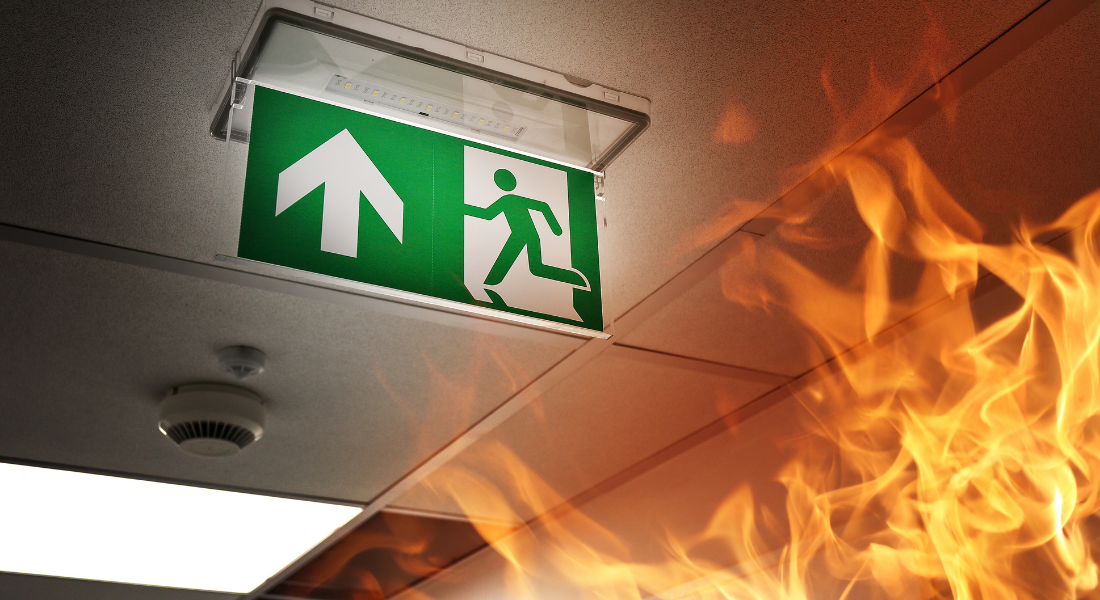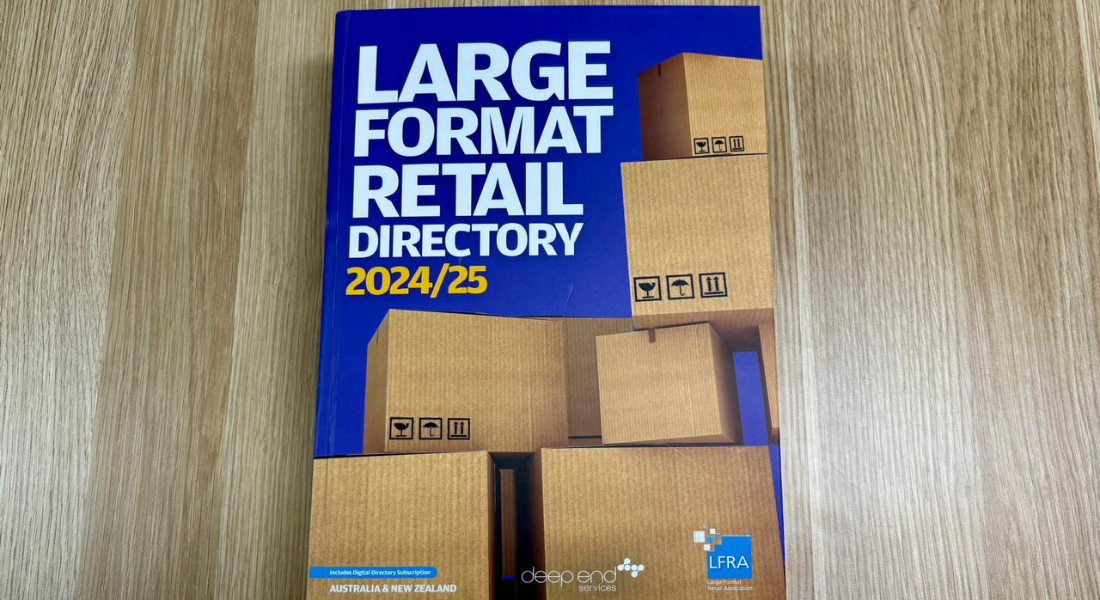Fire rated signage – your burning questions answered

The National Construction Code (NCC) is a performance-based code that sets the minimum required level for the safety, health, amenity, accessibility, and sustainability of particular buildings.
While signage did not traditionally need to comply with the NCC, its exemption was removed in 2019.
As a result of this, signage now needs to comply with the flammability requirements of external wall materials and has become a hot topic between CV Media & Signage and customers.
But where do you even begin?
The reasoning behind these changes can be traced back to the Grenfell Tower tragedy back in 2017.
This fire demonstrated how flammable ACM (Aluminium Composite Materials) can be and how quickly flames can spread once the core ignites.
Signage is now assessed in accordance with its flammability (how it is manufactured and installed) and its location (where it is installed).
How do you know if your sign complies?
To minimise the likelihood of fires, the NCC now states that ancillary elements on class A & B buildings cannot be fixed, installed, or attached to a wall that is required to be non-combustible unless they are non-combustible or fulfil the new exemption criterions.
Put simply, signs that are not a required sign or are non-combustible must:
- Meet specific spatial requirements (i.e., does not extend beyond one storey, does not extend beyond one fire compartment, and is vertically separated from other signs by at least two storeys); and
- Achieve a group number 1 or 2
This is in relation to the 5637:2015 test that is used to determine fire hazard properties.
Group 1 refers to materials that do not reach flashover within 10 minutes after exposure to 300Kw, while Group 2 refers to materials that reach flashover within 10-20 minutes of exposure to 300Kw.
Materials that don’t fit into these two groups are generally timber products, plastics such as acrylic and polystyrene, and other components that are often used for cladding
What if my sign doesn’t meet the above requirements?
Fortunately, if you are insistent on attaching a specific sign to a non-combustible surface but cannot meet the previously stated requirements, there are other options.
First and foremost, there is the option to get a performance-based assessment from an accredited risk and compliance organisation. Fortunately, CV Media & Signage can step you through this process.
It is important to note that these kinds of performance solutions are incredibly common in the signage industry – with acrylic such a commonly used material, external certification is required in a large majority of cases. All illuminated signs on Class A & B buildings (except for perforated, ally flex face and glass) require performance solutions.
The assessment begins with an examination of your sign to determine its fire rating. As a part of this examination, the specialist will look at how the solution was manufactured while also taking its material composition into account.
If there is a digital/illuminated element to the sign, the location and physical makeup of the power supplies will be considered. Finally, the sign’s placement in the building will be assessed including:
- Whether or not the sign is on the top storey (fire burns vertically so a product at the top of a building will not affect anything below)
- Whether the wall construction above the sign is non-combustible and will resist a fire
- Whether the sign is located above an exit corridor
- Whether exposure to a fire that will ignite the sign is likely or not.
Proceeding these assessments, our accredited risk and compliance contractor will then use their findings to make an informed decision as to whether the sign is safe or not.
What if I don’t want to go through external certification?
If you do not wish to go down the performance solution route, we can create a sign out of materials that are permitted for use wherever incombustible material is needed.
Materials such as aluminium casing have been proven to provide a strong barrier against fire and are less likely to ignite in a flashover.
For more information and advice, do not hesitate to contact the author at CV Media & Signage who are well versed in solving fire rated signage related issues in a timely and cost-effective manner.




